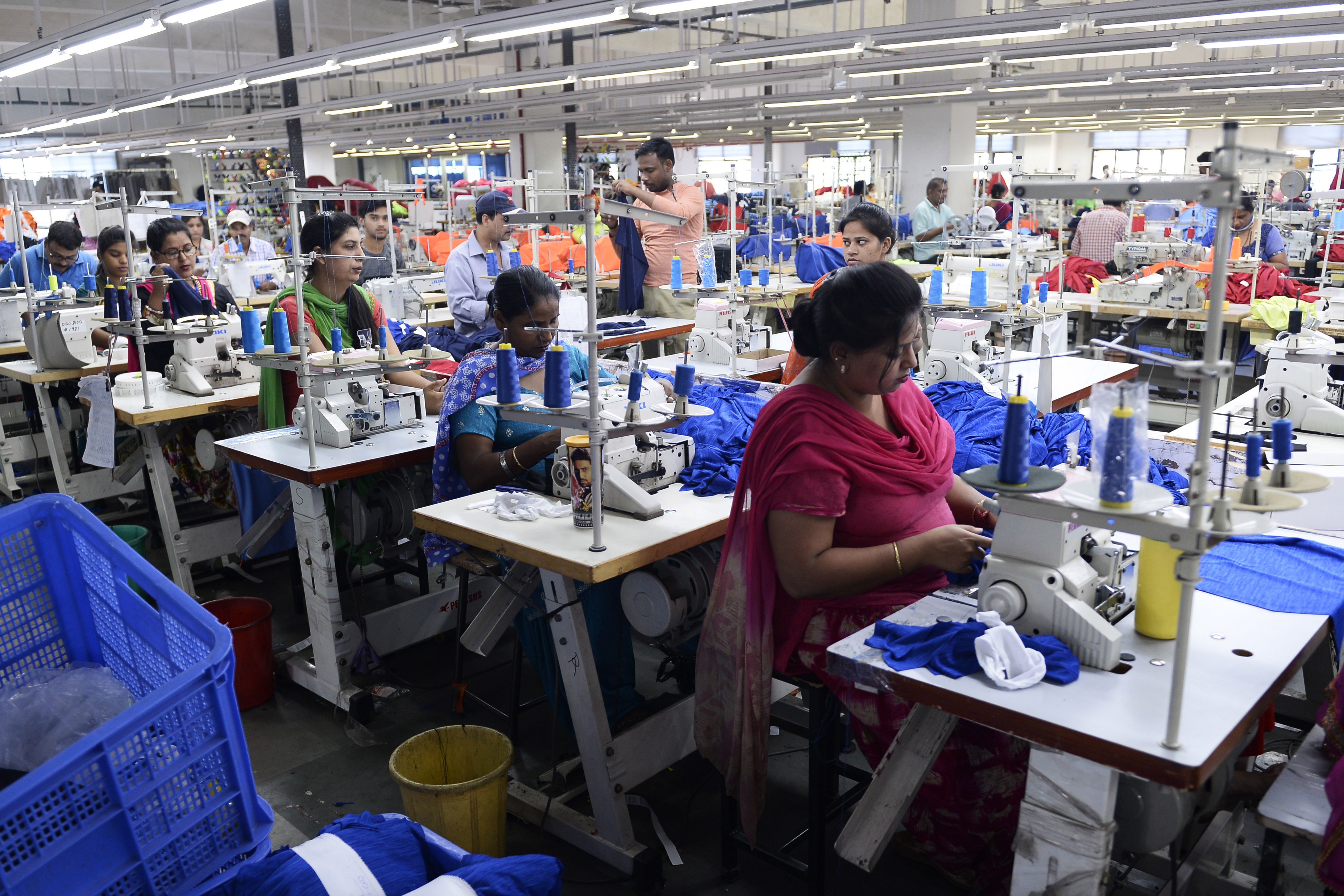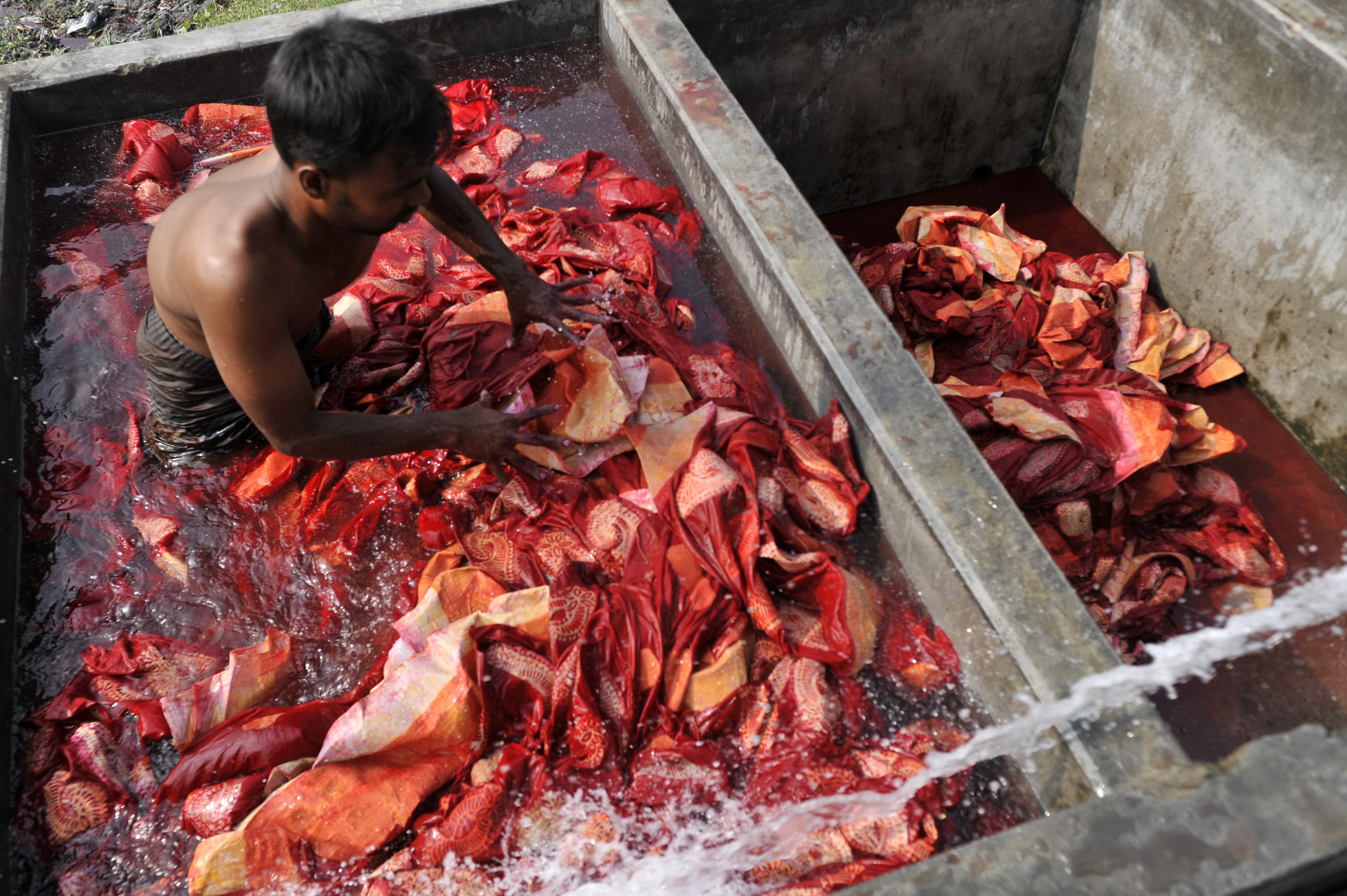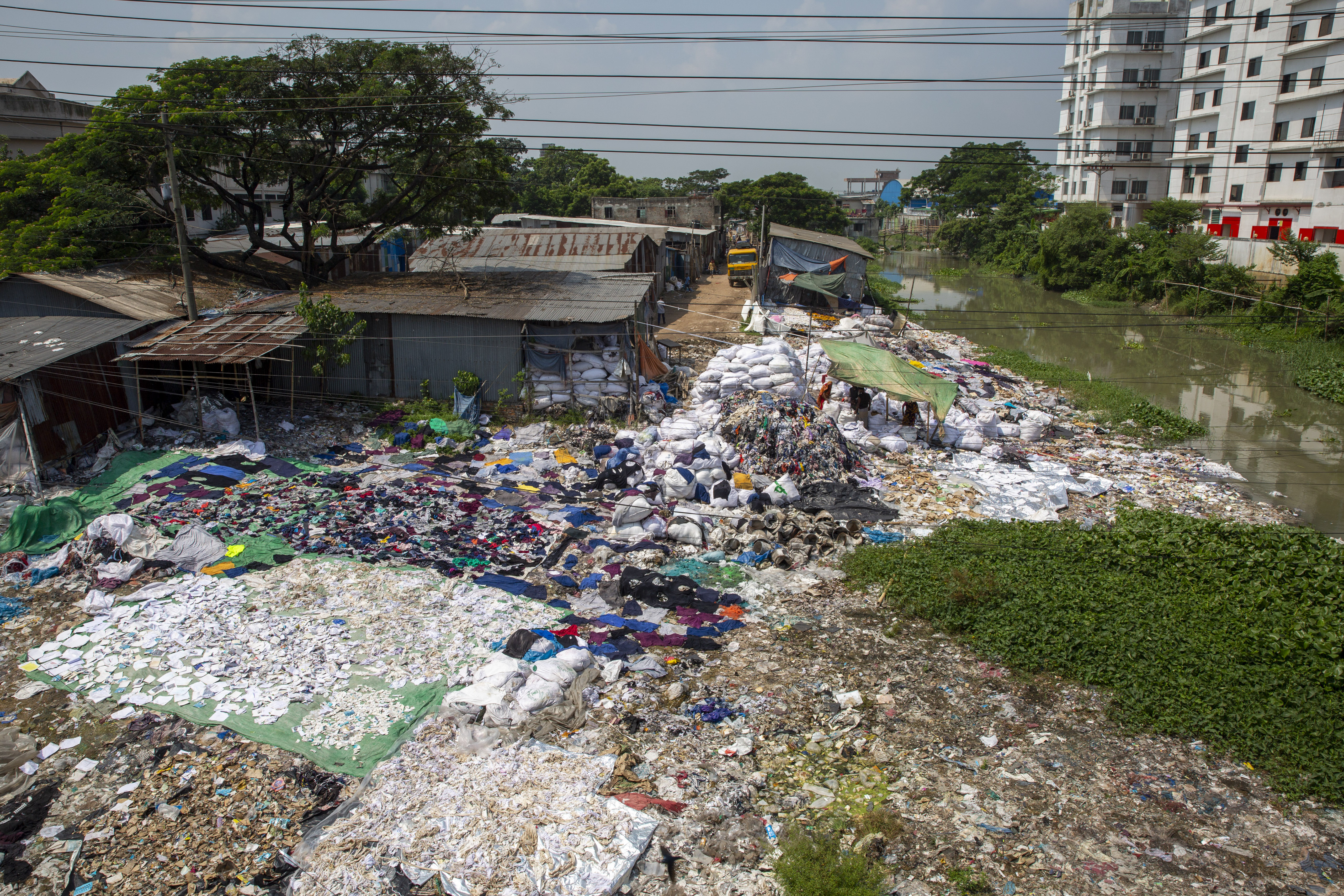
Living during a sweeping shutdown of retail businesses has seriously altered the way in which we spend our money. Whether you’re struggling to get by after losing your job as a result of COVID-19, or you’re just feeling fiscally conservative in these trying times, you’re probably not dropping as much on sneakers, shirts, and other clothes as you were a few months back. While the drops keep coming (and we often share them), you’re living in a buyer’s market now. And with no one to impress, it’s the perfect time to educate yourself on the production processes of mega brands and the importance of quality over price alone.
At this point, it’s well-established that scooping up ultra-cheap threads for every social event has been putting a tremendous strain on the planet. So why would we go back to a model that emphasizes poorly made clothes that fall apart in the wash over more durable, sustainable options when this is all over? Couldn’t the quarantine also be a chance to break our fast-fashion addiction?
For Earth Day 2020, let’s dive into how fast-fashion harms the planet and the steps you can take to change that and continue to reduce your carbon footprint once we’re allowed to leave our homes again.
The Manufacturing Process Is A Killer

To understand how wasteful the manufacturing processes of your favorite looks from stores like Zara, H&M, and Fashion Nova are, you need only to compare the number of “seasons” these labels crank out each year to how many heritage and other small-label brands — think Levi’s and Patagonia, or your favorite indie streetwear label — produce. The biggest fashion brands, even when their yield is high, generally keep things to two large seasons. Brands like Supreme, Palace, Rhude, and Off-White drop about two major collections a year, one for Fall/Winter and one for Spring/Summer. They may stagger those releases throughout the year and drip feed them to a hungry public, but they only truly produce two major seasons of clothing.
According to the Good Trade, fast fashion brands produce an average of 52 “micro seasons” per year, a process they’re able to keep up by responding to trends and shifting styles in real-time. See that jacket Drake rocked in the video for his newest single? Zara’s got one just like it. Ariana Grande’s award show dress would probably look great on you at your next party, well, expect Fashion Nova to be able to meet that demand. This puts fast-fashion labels under pressure to rush the manufacturing process by cutting corners and selling you low-quality merchandise before a new trend catches your eye.
According to HuffPost, since 2014 stores like H&M and Forever21 have been receiving daily shipments of new styles, while other labels like Topshop regularly introduce over 400 styles a week to their online store, resulting in hundreds of millions of garments per year. Think about fast fashion exactly the same way you think about fast food, it’s unhealthy because it’s cheap, and it’s cheap because it needs to be produced quickly and without the cost-prohibitive “quality” element. Fast fashion isn’t designed to last, it’s made as cheaply and quickly as possible, and if it ends up falling apart in the wash after a few weeks, you can just buy something else. This puts a strain not only on the environment but on the below-minimum-wage worker stitching your next summer look together right now.
Ready to handle some more numbers? According to the World Resources Institute, it takes 700 gallons of water to produce a single cotton shirt, roughly the same amount of water you’d consume in two and a half years, while the average pair of jeans can take 2000 gallons of water according to the UN Environment Programme. A lot of the water usage comes from the water-intensive process of growing cotton, but the dyeing process itself is incredibly wasteful. The World Resources Institute estimates that the world uses about 1.3 trillion gallons of water each year for fabric dyeing, the same amount it would take to fill two million Olympic-sized swimming pools. In total, garment manufacturing is responsible for about 20 percent of the world’s industrial water pollution.
Synthetic Fabrics Are Even Worse

“At least most of my clothes aren’t cotton” you might be thinking. We’re sorry to bring you more bad news but synthetic materials are even worse than cotton. According to Green Peace, an average of 60% of clothing is made from polyester, a number that is expected to rise to nearly 80% by 2030. Compare that to cotton, which makes up just 30% and is trending in roughly a flat line for the next twenty years.
Business Insider reveals that the production of polyester releases two to three times more carbon dioxide than the production of cotton, and while cotton is more likely to end up in a landfill somewhere, polyester tends to end up floating around in the ocean, you know, forever. According to the International Union for the Conservation of Nature, 35% of all microplastics found in the ocean came from the laundering of synthetic textiles. The Ellen MacArthur Foundation estimates that 500,000 tons of microfibers are deposited into the ocean per year just from the routine washing of clothes. That’s equivalent to about 50 billion plastic bottles a year.
We’re Buying Too Much And Throwing Too Much Away

Aside from the environmental toll it takes to produce a near-constant supply of new clothes, we’re also buying too much. The World Resources Institute found that the average consumer bought 60% more clothing in 2014 than they did in the year 2000, and kept each garment only half as long. Even if you donate your clothes to Goodwill, Salvation Army, or other local charity organizations, each garment can only change hands so many times before it ends up being tossed in a landfill, where it either sits to bio or photodegrade or gets incinerated.
The UN Environment Institute claims that roughly every second the equivalent of one garbage truck of textiles is landfilled or burned, and if current consumption trends keep pace that might result in a quarter of the world’s total carbon budget by 2050. Meanwhile, the United Nations Economic Commission for Europe found that 85% of the world’s total textiles end up in landfills each year. That’s something like 21 billion tons of clothing.
So What Can You Do?
Change buying habits. As we’ve seen with food: companies know the temptation of cheap options and they’re going to keep feeding them to us. Unless some fundamental changes are made to the way we consume clothing, things aren’t likely to change. At the very least, buy buying better made, longer-lasting, higher quality (and yes, more expensive) clothing, you can have a direct impact on your individual carbon footprint. It’s a small step, but one that increases in power exponentially as it catches on.
For the style heads and SNX readers, the message is simple: Don’t buy fast fashion. If you’re going to buy that new bomber jacket, instead of picking it up from Zara for a cool $29.99, invest in something pricier and more carefully crafted. Quality means longevity, and the idea here is to increase the average lifespan of your clothing. This time of tight budgets is also a chance to get back to thrifting. Shop thrift stores, vintage shops, or pick up your clothing from Depop or Etsy. Prolonging the lifespan of each garment is the goal here.
COVID-19 has given us all the opportunity to hit the refresh buttons on our worst ecological habits and fast fashion is certainly one of those. The chance to change our ways shouldn’t be missed.
